Home>Ideas and Tips>Smart Air Quality Monitor Setup: Track Indoor Pollutants
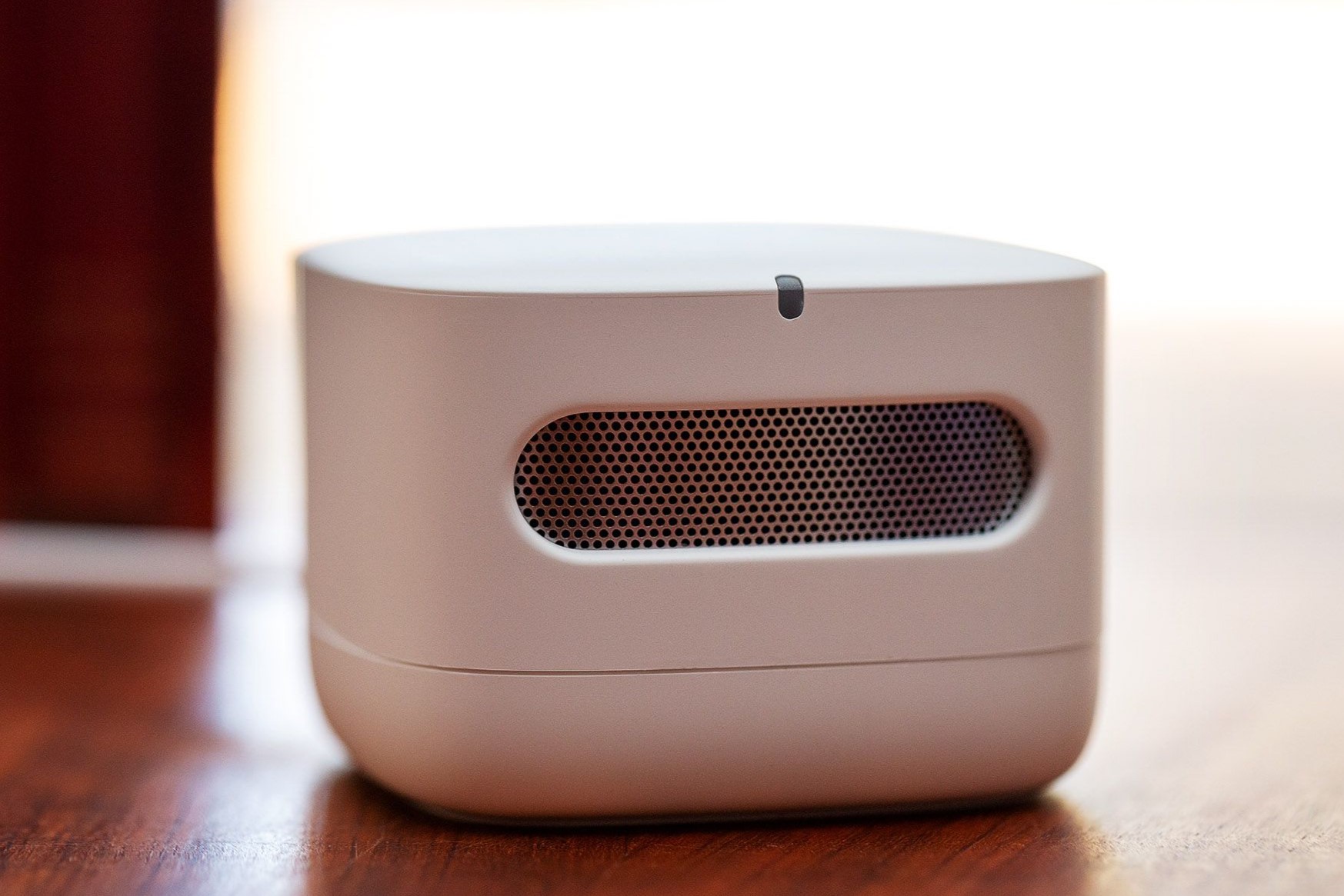

Ideas and Tips
Smart Air Quality Monitor Setup: Track Indoor Pollutants
Modified: October 18, 2024
Learn how to set up a smart air quality monitor to track indoor pollutants like PM 2.5, VOCs, CO, humidity, and temperature for a healthier home.
(Many of the links in this article redirect to a specific reviewed product. Your purchase of these products through affiliate links helps to generate commission for Storables.com, at no extra cost. Learn more)
In today's world, maintaining a healthy indoor environment is crucial for our well-being. One of the key factors in achieving this is monitoring the air quality within our homes. Indoor air pollution can be caused by a variety of sources, including particulate matter, volatile organic compounds (VOCs), carbon monoxide (CO), humidity, and temperature. These pollutants can exacerbate respiratory diseases like asthma and other health conditions. To address this issue, smart air quality monitors have become increasingly popular. In this article, we will delve into the setup and functionality of a smart air quality monitor, focusing on the Amazon Smart Air Quality Monitor as a prime example.
Understanding Indoor Air Quality
Before we dive into the setup process, it's essential to understand what indoor air quality entails. The Environmental Protection Agency (EPA) suggests that indoor air can be two to five times more polluted than outdoor air due to various activities such as cleaning, cooking, and even woodworking projects. Common pollutants include particulate matter (PM 2.5), VOCs, CO, humidity, and temperature. These factors can significantly impact our health and comfort levels.
Choosing the Right Smart Air Quality Monitor
When selecting a smart air quality monitor, several factors come into play. Here are some key considerations:
-
Sensors and Accuracy: Look for monitors that can track multiple pollutants like PM 2.5, VOCs, CO, humidity, and temperature. The accuracy of these sensors is crucial; some monitors may offer manual calibration options to ensure they remain accurate over time.
-
Connectivity: Ensure the monitor is compatible with your smart home system. For example, the Amazon Smart Air Quality Monitor integrates seamlessly with Alexa devices, allowing you to receive notifications and control other smart devices based on air quality readings.
-
User Interface: A user-friendly interface is vital for easy monitoring. Some monitors come with visual displays or companion apps that provide clear data presentation and alerts when pollutant levels exceed safe thresholds.
-
Integration with Smart Home Systems: If you have an existing smart home setup, consider a monitor that integrates well with your system. This could include features like turning on fans or air purifiers automatically when poor air quality is detected.
Setting Up the Amazon Smart Air Quality Monitor
The Amazon Smart Air Quality Monitor is a compact device that measures five key factors of indoor air quality: particulate matter (PM 2.5), VOCs, carbon monoxide (CO), humidity, and temperature. Here’s a step-by-step guide to setting it up:
-
Unboxing and Physical Setup:
- The device measures 65x65x45mm and weighs 120 grams without the cable or adapter.
- It is made from post-consumer recycled thermoplastic resin with a nitrile rubber base.
- The device comes with a micro-USB cable, power adapter, and a Quick Start Guide.
-
Powering the Device:
- Plug in the power adapter into a nearby outlet.
- Connect the micro-USB cable to the device.
-
Initial Setup:
- Download and install the Alexa app on your smartphone or tablet.
- Open the Alexa app and navigate to the "Skills & Games" section.
- Search for "Amazon Smart Air Quality Monitor" and enable it.
- Follow the in-app instructions to connect your device to Wi-Fi and complete the setup process.
-
Configuring Notifications:
- Once set up, you can configure notifications through the Alexa app.
- You can receive alerts on your phone or hear announcements through Echo devices if poor air quality is detected.
-
Creating Routines:
- Amazon Smart Air Quality Monitor allows you to create routines with other Alexa-enabled devices.
- For example, you can set a routine that turns on your air purifier or fan when the indoor air quality drops below a certain threshold.
Using the Amazon Smart Air Quality Monitor
Once you have set up your Amazon Smart Air Quality Monitor, here’s how you can use it effectively:
-
Tracking Air Quality:
- The device tracks five key factors of indoor air quality: particulate matter (PM 2.5), VOCs, carbon monoxide (CO), humidity, and temperature.
- You can view these readings in the Alexa app or through an Echo Show device if you have one.
-
Receiving Notifications:
- If Alexa detects poor air quality, you will receive notifications on your phone or hear announcements through Echo devices.
- These notifications can prompt you to take action such as opening a window or turning on a fan.
-
Enabling Routines:
- You can enable routines that automatically turn on or off other smart devices based on indoor air quality readings.
- For example, you can set a routine that turns on your heating or AC based on temperature readings which could help move some air and improve circulation.
-
Visual Indicators:
- The device features a multicolor LED status indicator that shows the current air quality.
- The LED light changes color based on the air quality score, providing a quick visual cue without needing to check the app.
Limitations and Future Improvements
While the Amazon Smart Air Quality Monitor is a useful tool for monitoring indoor air quality, it has some limitations:
-
Lack of On-Device Screen:
- Unlike some competitors, this device does not have an on-device screen to show exact readings.
- Users need to rely on nearby Echo Show devices or the Alexa app for detailed information.
-
Limited Automation Capabilities:
- The device cannot automatically control other smart devices without user intervention.
- It relies on routines created through Alexa which may not be as sophisticated as some other smart home systems.
-
Integration with Home Assistant:
- Some users have expressed interest in integrating this device with Home Assistant for more advanced automation capabilities.
- Currently, there is no official integration available, but users have found workarounds using Alexa routines.
Comparing with Other Monitors
When comparing the Amazon Smart Air Quality Monitor with other popular models, here are some key differences:
-
Airthings View Plus:
- This monitor offers comprehensive monitoring of seven air-quality factors including PM1, PM2.5, CO2, VOCs, temperature, and relative humidity.
- It features a visual display and companion app for easy monitoring and alerts.
-
SAF Aret 42:
- This monitor is specifically designed for CO2 level monitoring and features a reliable NDIR sensor for accurate readings.
- It provides alerts to help maintain healthy indoor air quality.
-
Qingping AQM Gen2:
- This monitor tracks PM2.5, PM10, CO2, VOCs, temperature, and relative humidity.
- It integrates well with smart home systems like Mi Home and offers an app for easy monitoring.
Conclusion
Maintaining good indoor air quality is crucial for our health and comfort. The Amazon Smart Air Quality Monitor is a useful tool for tracking indoor pollutants and providing notifications when necessary. While it has some limitations such as the lack of an on-device screen and limited automation capabilities, it integrates well with Alexa devices and provides a compact design that is easy to set up. For those looking to improve their home's air quality without breaking the bank, this monitor is a solid choice. However, for more advanced users who require detailed data tracking and integration with other smart home systems like Home Assistant, there may be better options available.
By understanding the importance of indoor air quality and using a smart air quality monitor like the Amazon Smart Air Quality Monitor, you can take proactive steps towards creating a healthier home environment.
Was this page helpful?
At Storables.com, we guarantee accurate and reliable information. Our content, validated by Expert Board Contributors, is crafted following stringent Editorial Policies. We're committed to providing you with well-researched, expert-backed insights for all your informational needs.




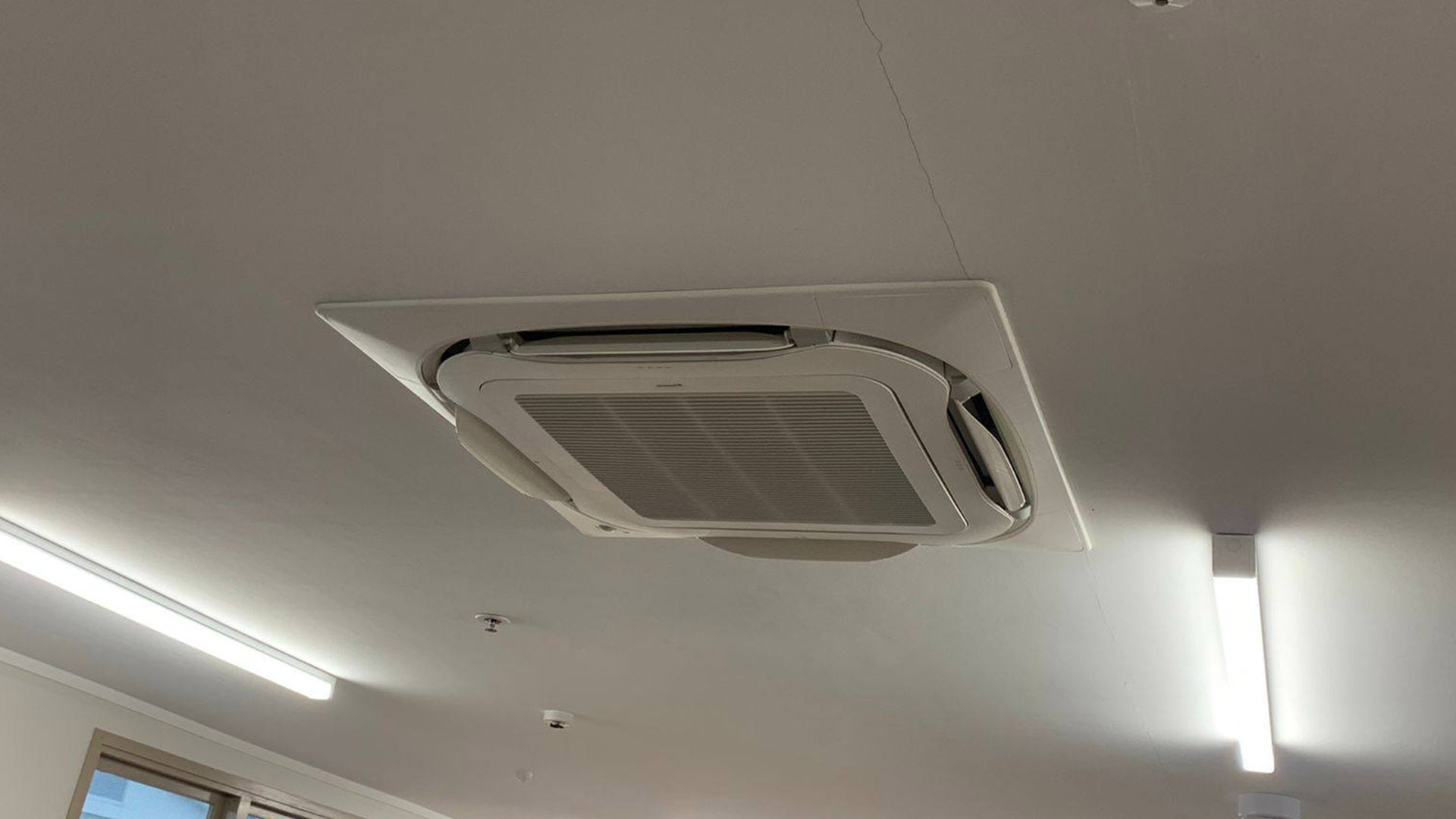

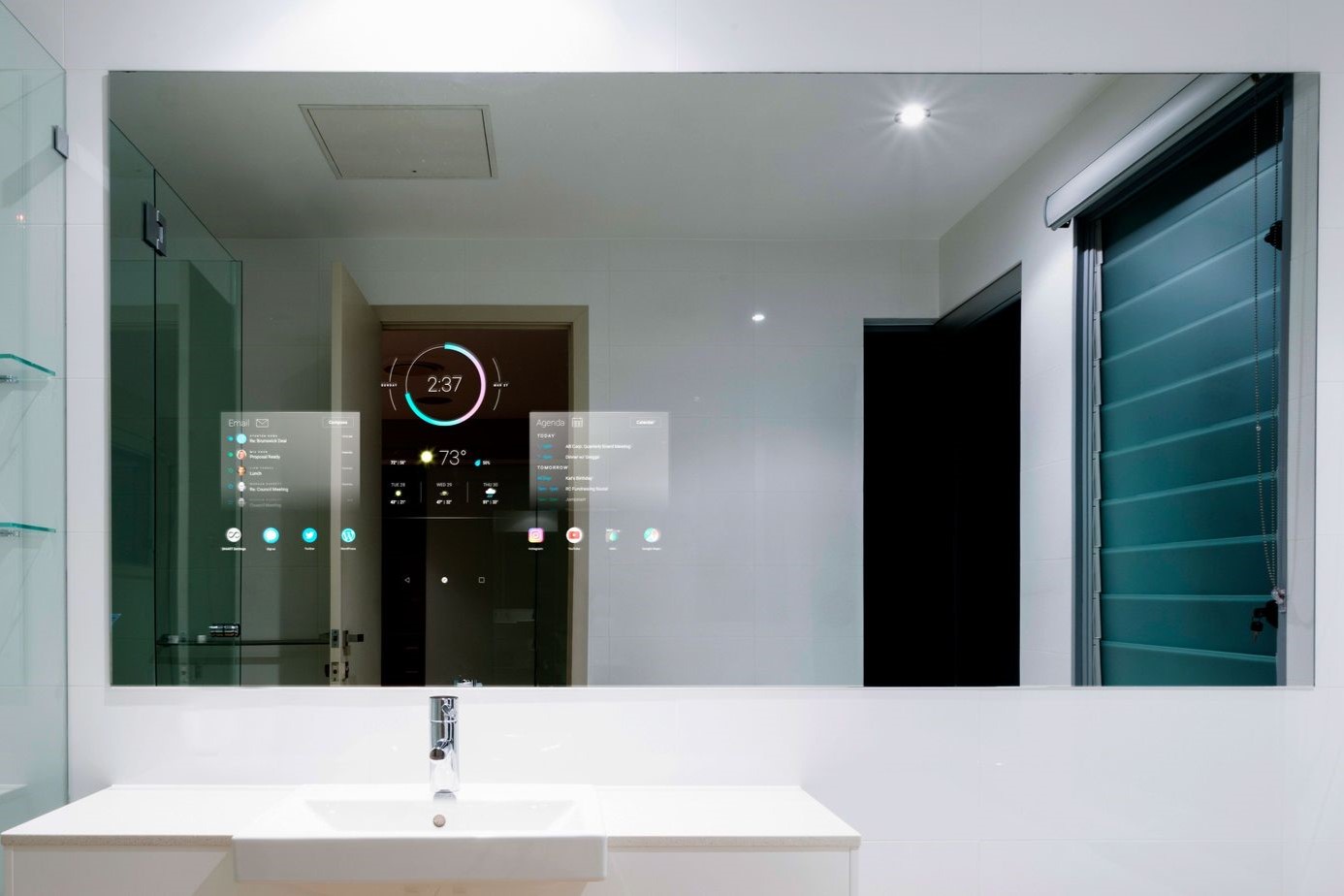
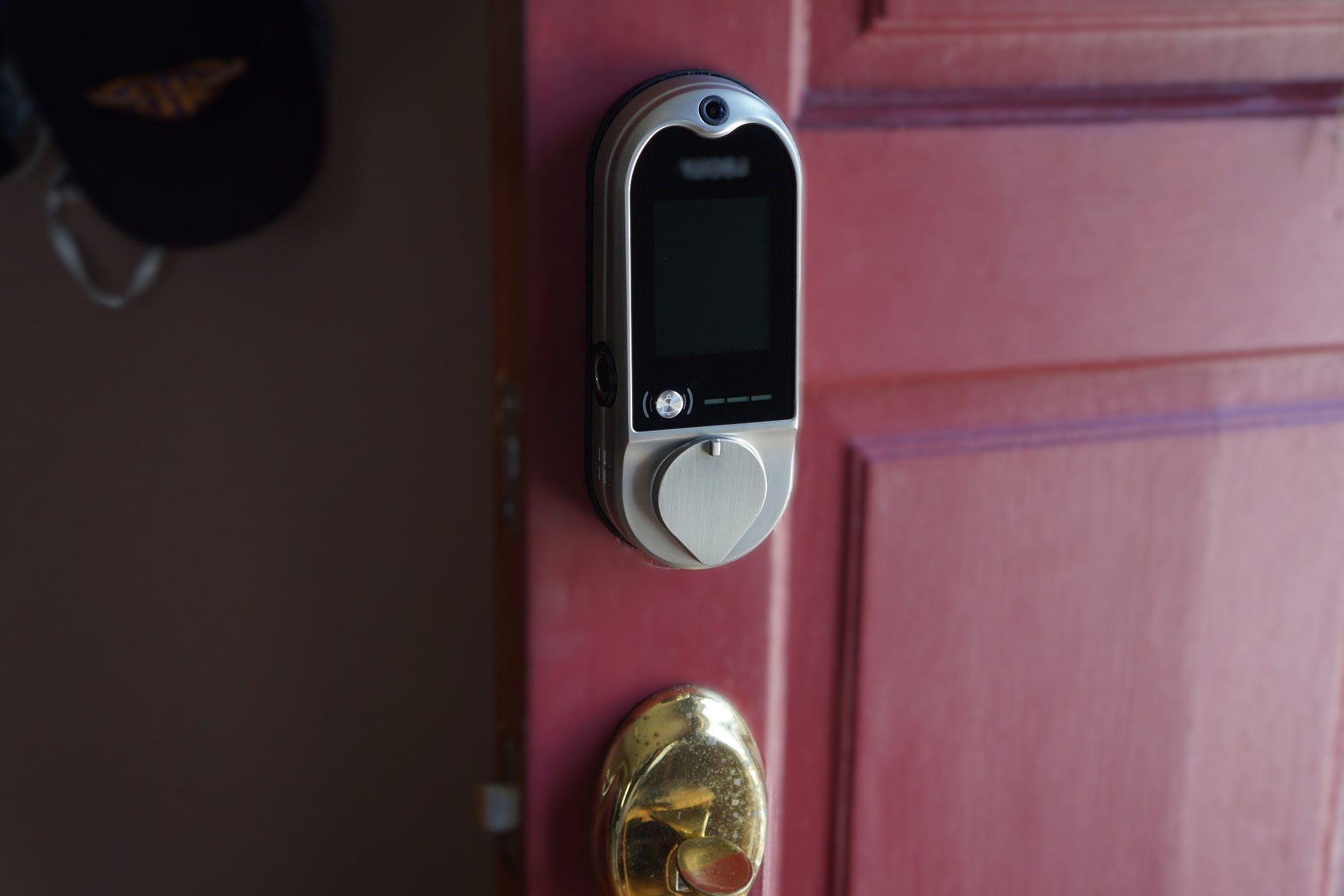
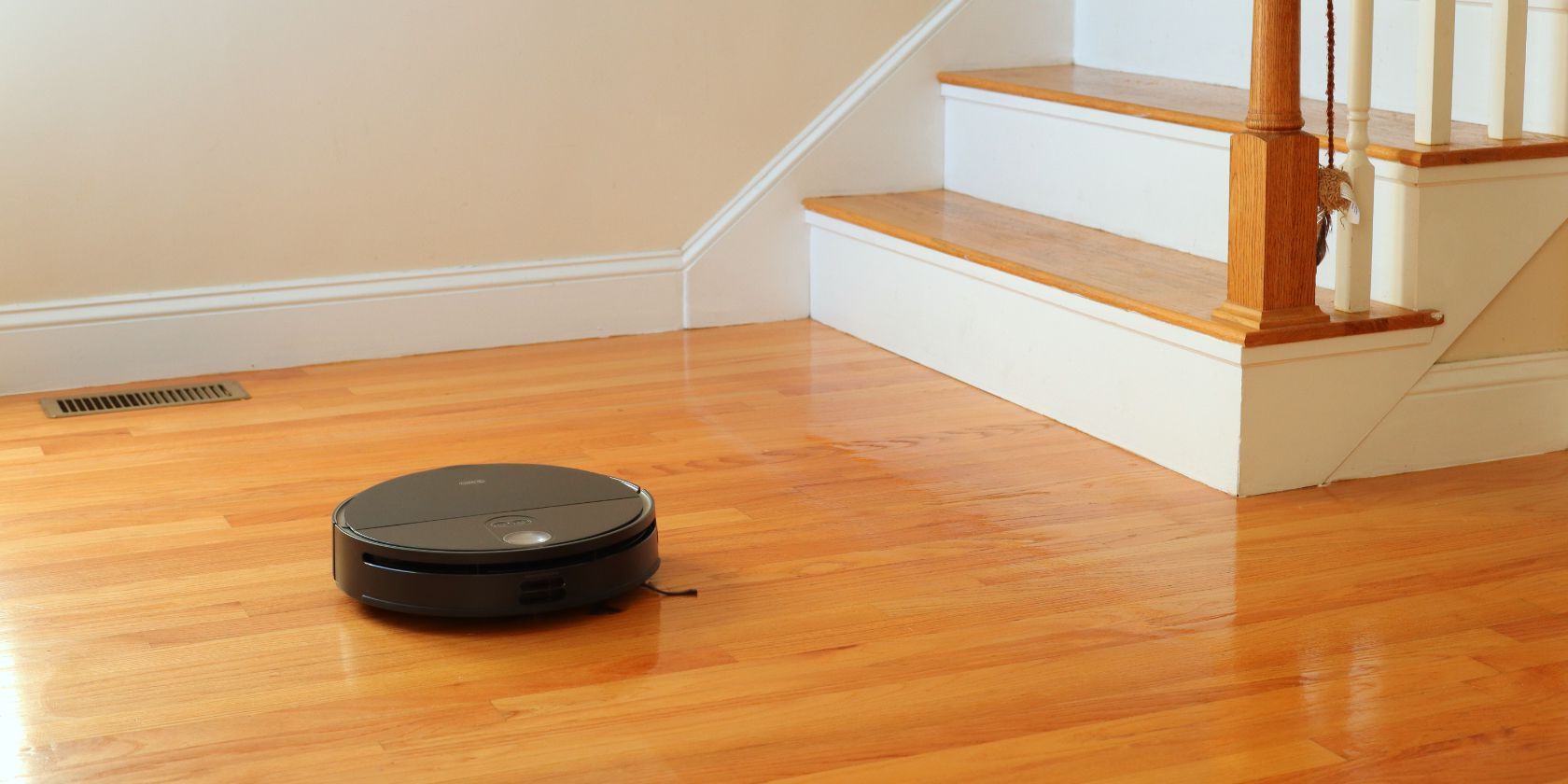
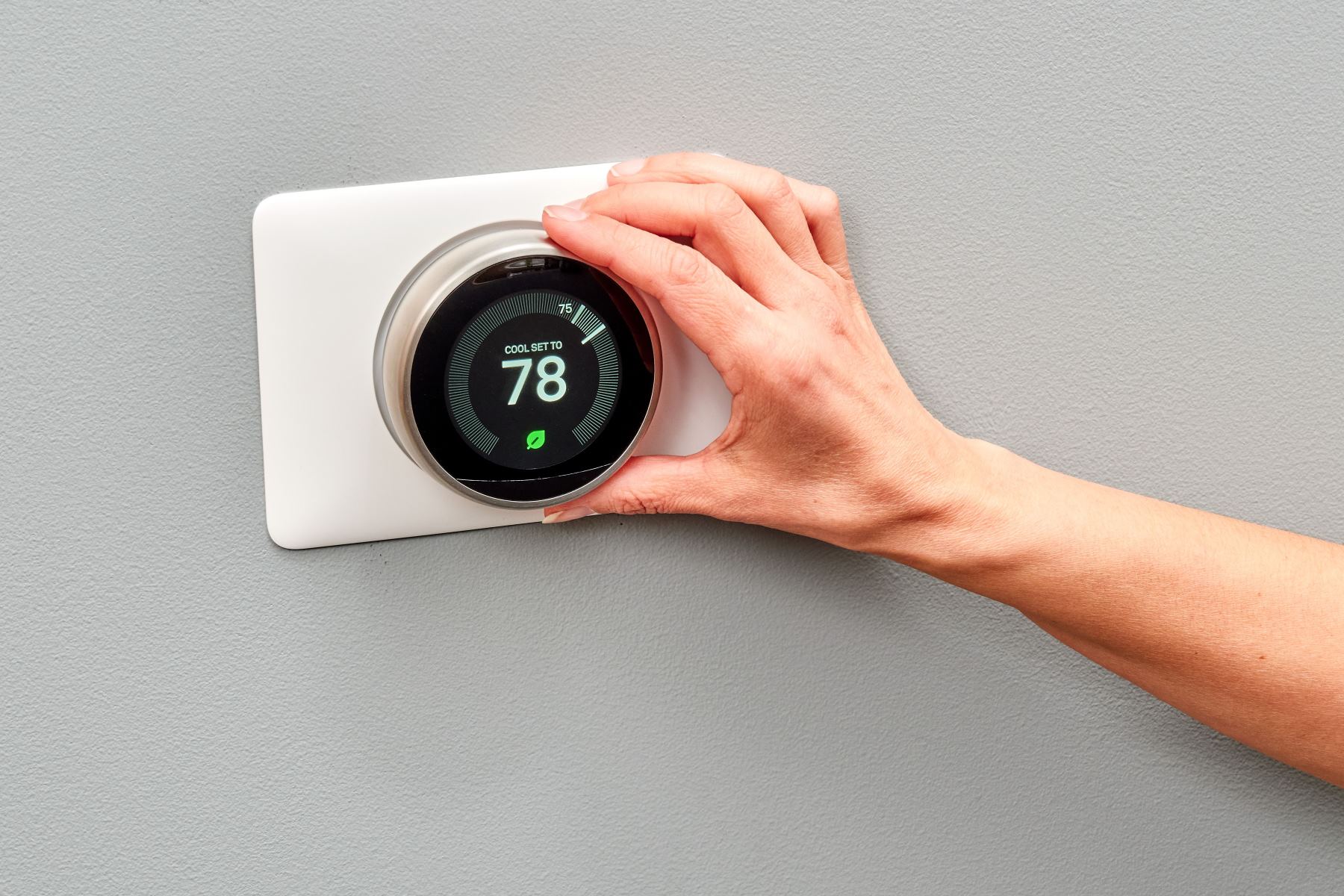
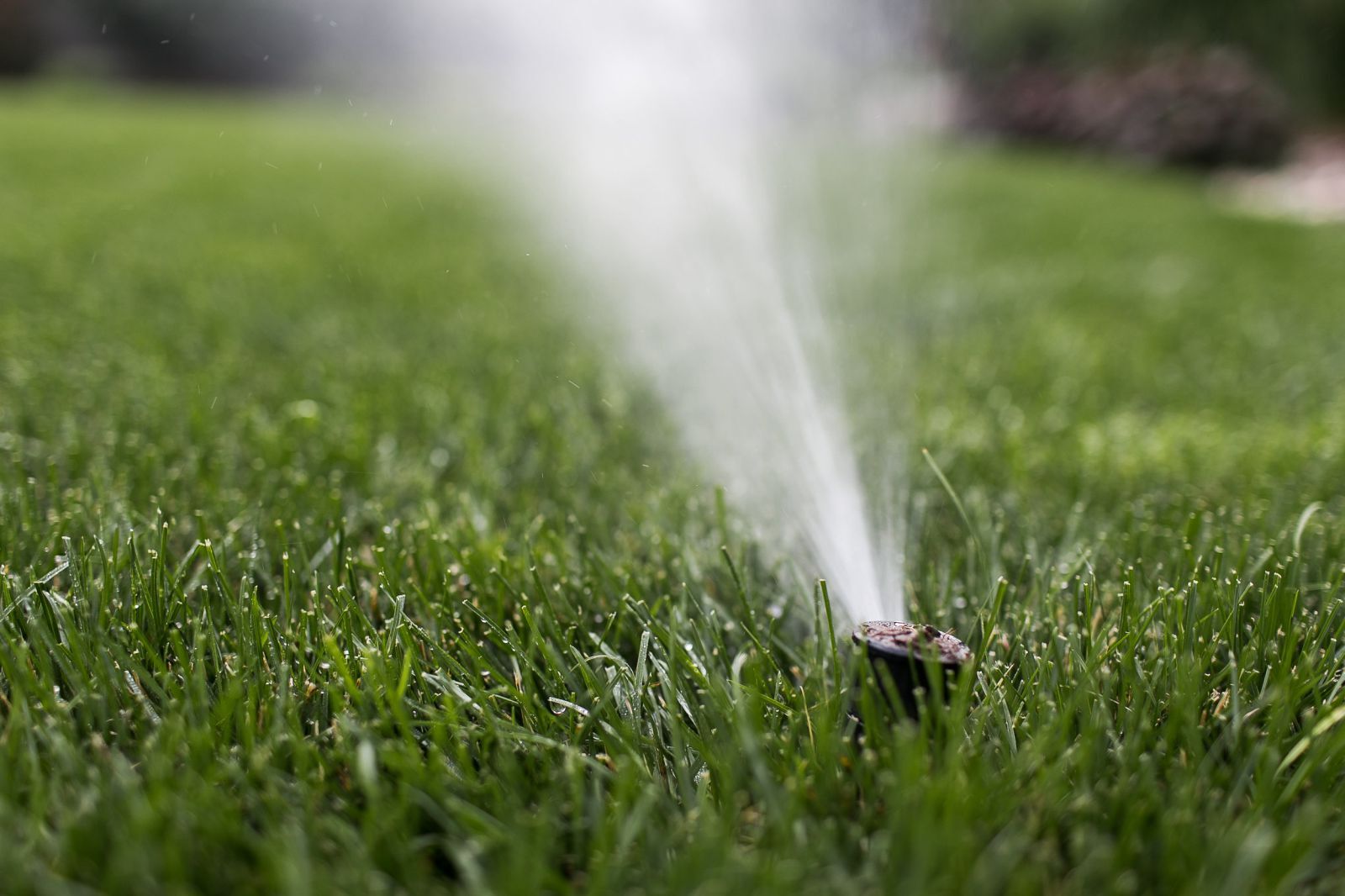




0 thoughts on “Smart Air Quality Monitor Setup: Track Indoor Pollutants”